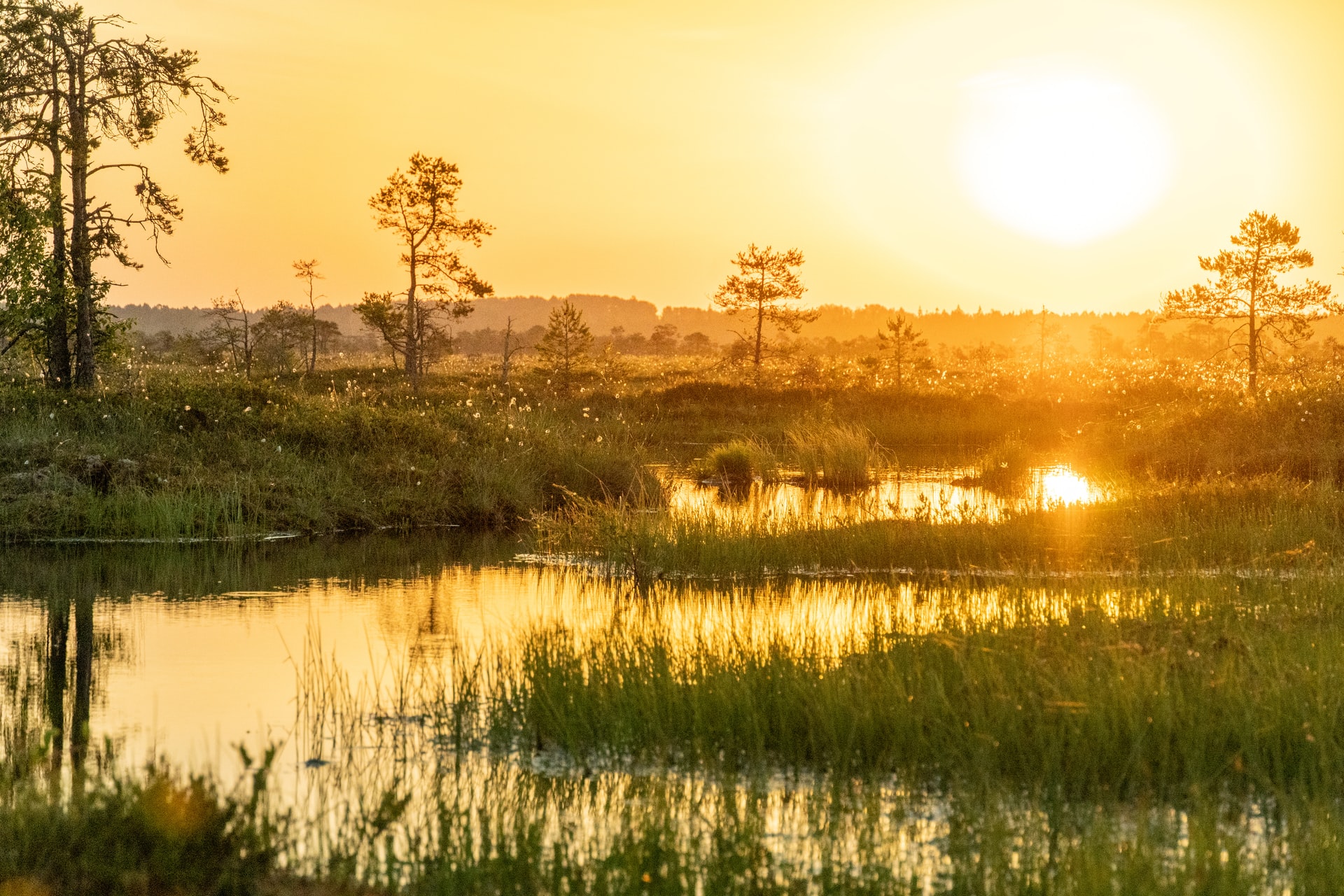Rewilding is about ecosystem restoration and returning an area – at least partly – to its ‘pre-human’ state.

What’s meant by ‘pre-human’ state?
It doesn’t necessarily mean before humans existed, but before humans impacted an area in some way – by hunting a species to local extinction, overgrazing or deforesting the land, or planting alien trees or other flora and altering the ecosystem.
How long have we been rewilding?
It’s a relatively new conservation idea and as such there’s no set framework – or even definition – for rewilding.
The origins are linked to conservation ideas in 1980s North America, where it was called ‘wilderness recovery’.
What’s the aim?
The eventual aim of rewilding is to restore an ecosystem to the point at which nature takes care of itself.
In some cases, there is an attempt to return an area to a fully wild state. In others, it’s simply about returning some balance to an ecosystem – for example in and around cities and towns. Read about how to rewild your garden.
What are the target areas?
Usually places in which the land has been degraded in some way or where keystone species are missing.
Keystone species are those that have a positive impact on their environment and keep the ecosystem in balance. They’re often predators, which have been hunted out of many areas, especially in Europe. As a result, there’s nothing to keep the populations of other species further down the food chain in check.
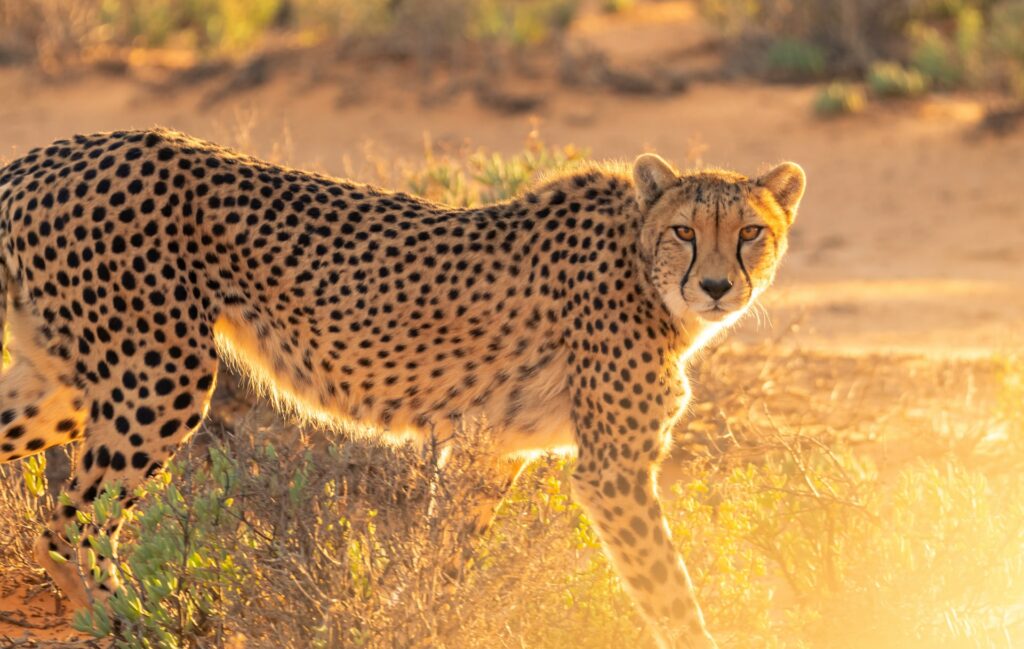
Or sometimes the problem is an invasive animal or plant that has outcompeted native species. An example of this is the cane toad in Australia, which was brought over to control crop pests. What they didn’t realise is that whilst predators in the toad’s native Americas had developed a tolerance for its toxin, Australian predators hadn’t – so its population boomed to the detriment of native flora and fauna.
How are these ecosystems restored?
Rewilding is carried out in several different ways, but here are some key components to most strategies.
Wildlife
Rewilding often involves the reintroduction of species that were impacted by human activities – such as developments that destroyed or limited their habitat, or hunting.
Rewilding tends to focus on keystone species – this might be a predator that controls the population of its prey or animals that literally shape the landscape such as beavers or elephants.
Sometimes wildlife (especially large animals) may be relocated from another area or country. In other cases, species may simply return of their own accord when the natural environment has recovered.
Plants
Rewilders might plant trees to help recover an area of woodland or native flora to better support birds and insects.
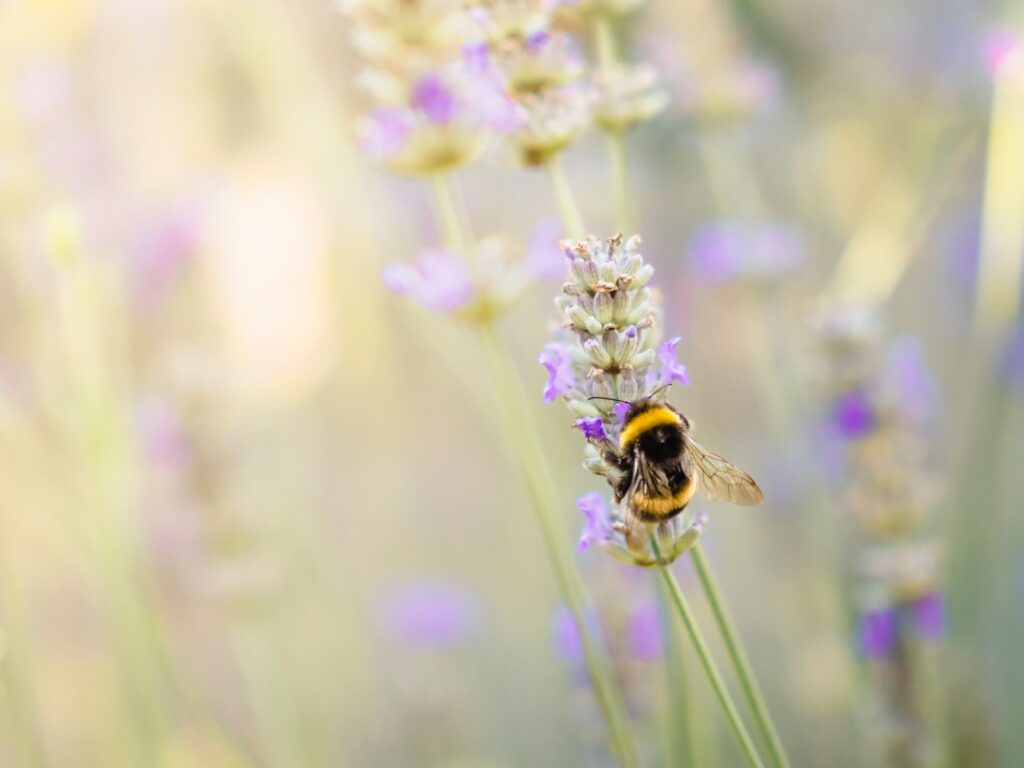
Connectivity
Rewilding might also involve the removal of fences or other barriers to allow wildlife to move more freely, which has benefits such as widening gene pools and increasing territories without human intervention.
In some parts of the world, wildlife is contained in private reserves or national parks. Because they can’t move beyond the reserve boundaries, their populations are managed by people to ensure they have enough genetic diversity and aren’t inbreeding. In other places, being hemmed into too small an area may have led to a species local extinction.
The importance of movement applies to flying creatures, too. The UK charity Buglife has mapped a series of insect pathways, determining where they needed ‘stepping stones’ of wildflowers.
People
Increasingly, people are being properly considered in rewilding strategies. The idea of people-free wilderness areas has been challenged and many rewilding groups now agree that their efforts must include people as a part of nature and the landscape.
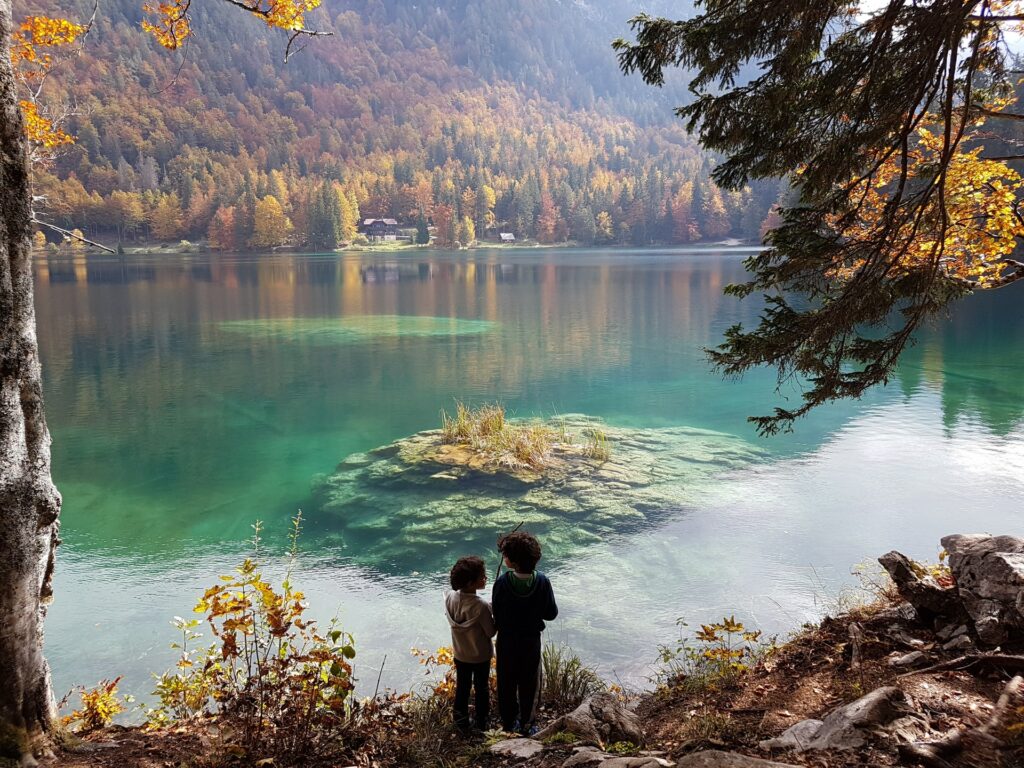
What are the benefits?
Balanced ecosystems are a defence against climate change. For example, healthy forests and wetland areas are critical carbon sinks.
Through responsible, science-backed rewilding, we can preserve and restore animal and plant populations, lessening the biodiversity crisis.
In addition, it means we can enjoy areas of nature and all the wildlife that comes with it. Who doesn’t enjoy the sound of birdsong?
In some areas, communities can benefit from tourism and all the knock-on income opportunities that provides. Rewilding may provide other income opportunities too, such as beekeeping in areas in which honeybees are native or don’t compete with native pollinators (bees needing ample food and water to produce honey).
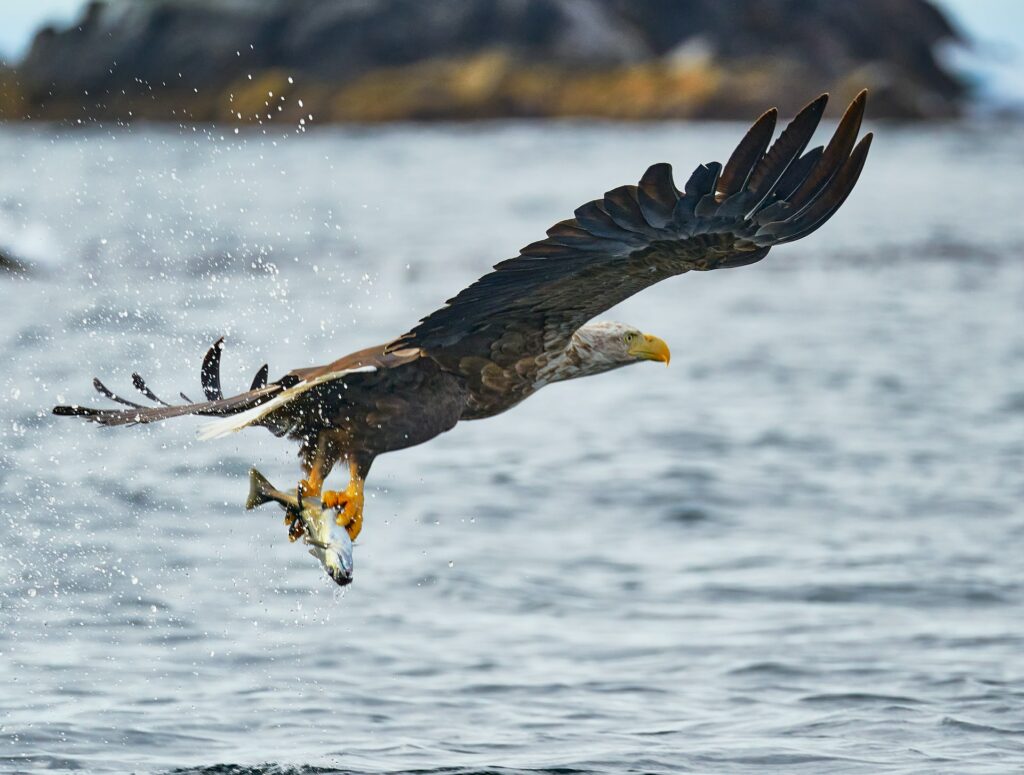
How long does it take to rewild an area?
Rewilding is sometimes said to have no end point. It is certainly a slow process that requires time and patience – an area cannot be rewilded overnight.
Where is rewilding happening?
There are rewilding projects all over the world. Sometimes the areas are small. Other times they span several countries, such as the European Green Belt which follows the old Iron Curtain, or the Yellowstone to Yukon Conservation Initiative in North America.
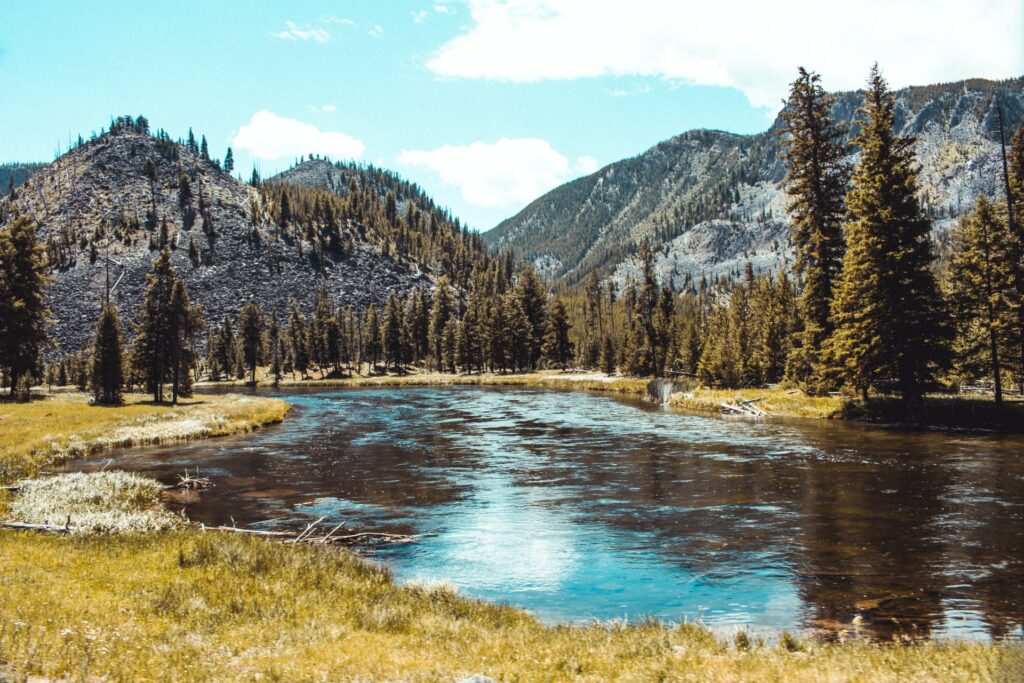
Can we rewild the ocean, too?
Although land-based (terrestrial) rewilding tends to get the most attention, there are many attempts to restore ocean ecosystems as well.
As an example, conservationists around the world are trying to restore the planet’s kelp forests, which are important ecosystems as they harbour thousands of species, improve water quality, absorb carbon and produce oxygen. Sometimes this has involved sea urchin removals to help the kelp forests recover or reseeding kelp to areas it once grew.
Is everyone a fan?
No. Rewilding can be controversial and complex.
For example, the idea of bringing wolves back to Scotland hasn’t been met with much enthusiasm by farmers who worry their livestock might be at risk.
Often, landscapes have changed dramatically since a species existed there – and it can be unfair to expect people to suddenly adapt to living alongside large animals and predators.
Some experts are also wary about possible diseases and unforeseen knock-on effects of introducing species that haven’t been in an area for many years.
Land use is often a thorny subject, too. In South Africa, for example, people of colour await effective land reform, which would see land redistributed to those who suffered years of oppression under the apartheid regime. Deciding what land to use for biodiversity protection isn’t just as simple as looking at what’s available.
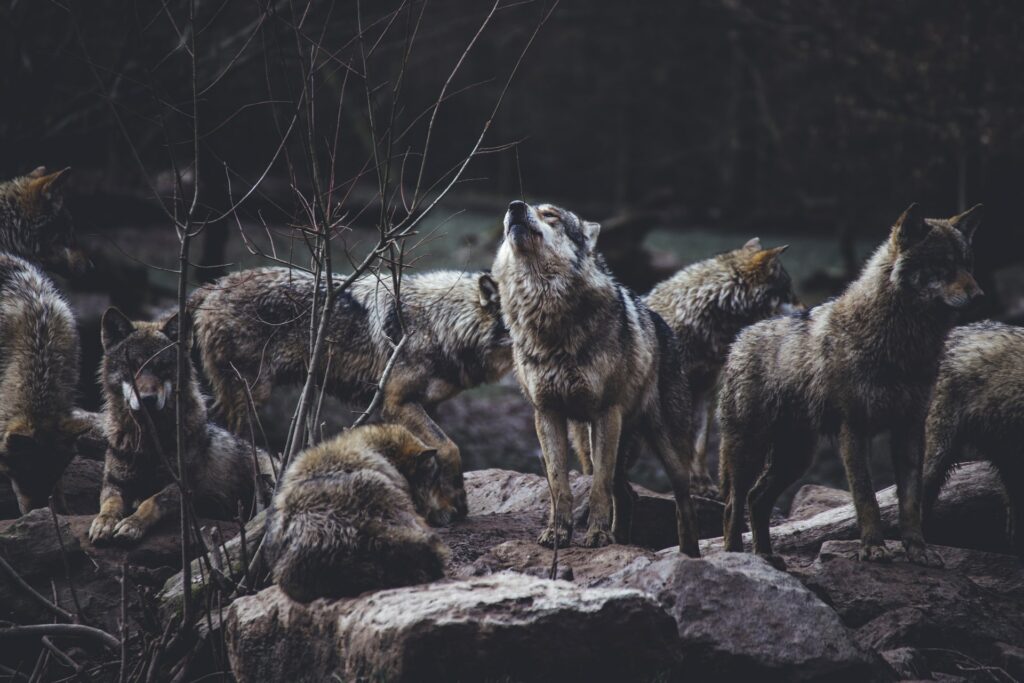
Success stories
Though rewilding is a relatively new concept, there have been some early successes.
- Reintroduced grey wolves have rebalanced Yellowstone National Park’s ecosystem. Now that the elk population is in check, the river structure has changed with elks spend less time on the riverbanks where they’re vulnerable. And beavers have rebounded since the elks no longer over-browse the trees.
- European bison were nearly extinct 100 years ago, but their population has tripled since rewilding efforts brought them back. Due to their eating habits, they create mosaic landscapes that create habitats and corridors for other species and they also disperse nutrients and seeds through their dung.
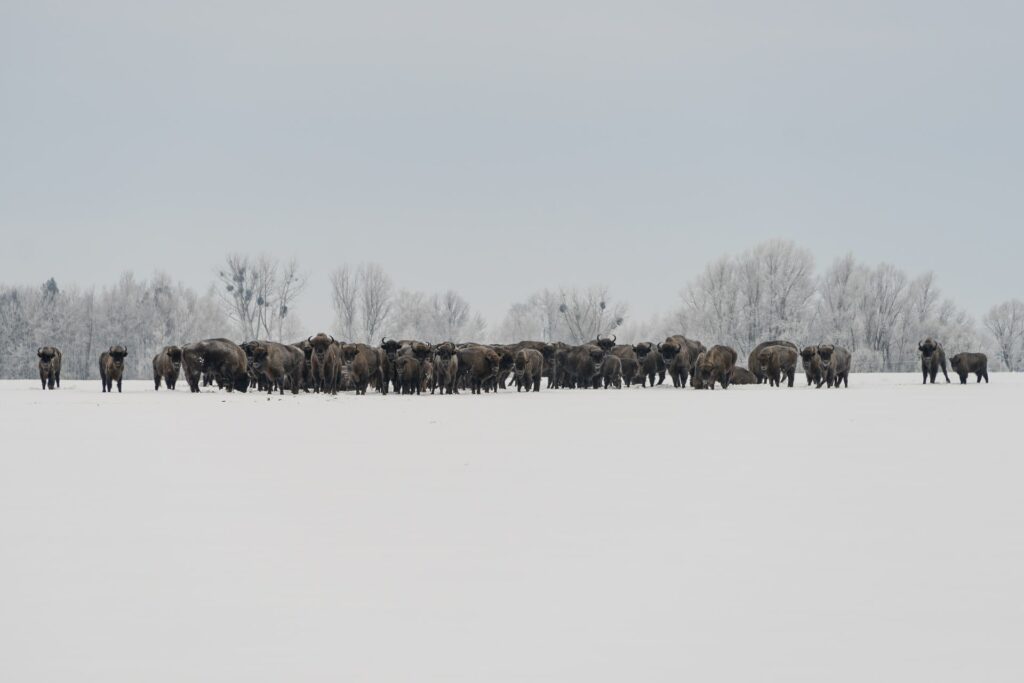
- Beavers have been reintroduced all over Europe, in some cases helping to reduce flooding and bringing many other species back to recovering ecosystems. Read about Eurasian beavers in Britain.
- Red and green macaws were reintroduced to Argentina’s Iberá National Park and in 2020, the first wild-born chicks in 150 years were born. They are needed for seed dispersal which helps the native forest grow.
- Gorongosa National Park in Mozambique was on the frontline of the country’s civil war. But a restoration project started in the 1990s has resulted in the regrowth of existing wildlife populations, such as lions, while other species like wild dogs have been successfully reintroduced. New income opportunities, from eco-tourism to under-shade coffee farming, also complement the wide-ranging restoration initiatives.
Sources
Conservation and Society, What is Rewilding, How Should it be Done, and Why? A Q-method Study of the Views Held by European Rewilding Advocates
Conservation Biology, Guiding principles for rewilding
Frontiers in Veterinary Science, Ethical Considerations for Wildlife Reintroductions and Rewilding
Rewilding Britain, What is rewilding?
Rewilding Earth, What is rewilding?
Rewilding Europe, What is rewilding?
World Economic Forum, 8 cities rewilding their urban spaces

